Overview
The life of a trekker is not achieved, unless done in the isolated valleys of the Himalayas of Nepal to Phoksundo Lake in Dolpo, where you are blessed with the bounties of nature and man at its best. This trek is in the trans-Himalayan ecosystem, where some of the rarest species of wildlife like blue sheep, Himalayan black bear, leopards, wolves, and the hard to sight snow leopard are there for the trekker’s discovery. This region is also home to the last remnants of the Tibetan culture, which is also the highest settlement in the world at 4260m and evolved around the Buddhist culture. The model villages on these high pass trails are some of the most magnificent ones which one would encounter in such terrain.
The trek takes you past gigantic cascading waterfalls, past difficult trails to a gompa named after the Crystal Mountain that has nine complexes and Mandalas of ceiling paintings depicting the life of Buddhism.
The trek in the Dolpo region is done following the Suli Gad River, where one passes through thick conifer forests and villages of both the Thakuri and Buddhist communities, all in the vicinity of colossal Mount Dhaulagiri looking down on you.
Itinerary
You will be met at Tribhuwan International Airport by a representative of Green Lotus Trekking holding a welcome placard and token for your overnight stay at a hotel in Kathmandu and to freshen up. Prior to dinner, a briefing will be held. You could spend the rest of the day resting or wandering around the city of Kathmandu, sightseeing.
We get to the border town of Nepalgunj by an hour’s flight, which is of interest as we get to view the intricate branches of streams and rivers flowing southwards, which gave life to civilization. We get to rest and see what life is like in the Terai (plains) of Nepal, where religions and various cultures live in relative harmony. O/N stay in the lodge.
We get some breathtaking views of Annapurna and Dhaulagiri to the north after our morning flight to Jhupal over Nepal’s foothills. On reception by our staff at the airport, your trek begins in earnest through terraced fields to the Bheri River through its narrow gorge. We then camp for the night just outside Dunai, which is the administrative headquarter of Dolpo.
We continue our trek via the south bank of the river, heading upstream on a good trail. Going deeper, we pass through massive gorges, suspension bridges, and far-flung villages. We are eventually welcomed by the terraced fields just before Tarakot at the confluence of Barbung Khola (stream) and the Tarup Chu River. After a couple of ascents and descents, we get to our camping site for the night.
The day’s trek initially moves along the bank of the Tarap Cho River, crossing it twice over suspension bridges. We eventually pass the famed Sandul Gompa east of Tarakot at the confluence of the Barbung Khola and Tarup Cho Rivers. The path then takes us through terraced fields and, after a few descents and ascents, we arrive at our camping site for the night.
The trek continues high above the Tarap River gorge on a path with steep slopes. It is an exciting hike as the gorges are narrow in some places and you could hop across in others. On descending to Chyugur Khola, the path totally disappears altogether. Finally, the path becomes a slab stone trail placed on logs in the walls of the slopes, which act as a bridge. Eventually, we get to our camping site just outside Nawarpani, where we stop for the night.
The day’s trek slowly leads up to Kamattarka at the junction of the Tarap Chu River and Lang Khola (stream) from the east. After a couple of hours’ walk, departing from the gorge, the trail is above the tree line of juniper bushes and wild roses that are characteristic of the Himalayan Valleys. A few hours later, we reach Do Tarap, a village surrounded by irregular walls. The village, a hybrid of Tibetan and Magar communities, has lived in social harmony for centuries.
Since we are at quite a high altitude, it becomes a necessity that we acclimatize to a lower level of air in the atmosphere, and there is no better place to do so than in Do Tarap. We can make friends with the local people who are most welcoming into their homes to see their lifestyles and especially the way they have spun and woven clothes for generations, which might entice you into purchasing some. You are also free to investigate the surrounding milieu.
Our day’s trek continues to the Upper Tarap Valley. It moves along the upper plains of the valley, which show off its lush verdure grass on both sides of the river. The trek then continues on a nice track upstream of the Tarap Chu. After a few hours of pleasant walking, we get to the village of Tokyo, with its monastery of the Chiba sect. We then continue down the valley to descend again for a few more hours to reach our destination for the day at Numa La Camp.
Today’s trek is going to test the grit in us, as we trek, which in fact is a grueling walk to Numa La Pass (5190m), not without the magnificent views of the surrounding surreal landscape. It is a scintillating view of the Dolpo barren mountains right up to Dhaulagiri (8167m). After which, it is a relief to descend to our camp for the night at Pelung Tang.
Starting with a steep climb, we get to the pass at Baga-la (5070m) offering us some of the most spectacular views of the surrounding landscapes and far off snow capped peaks. After the breathtaking view, it is a few hours descend to Dajok Tang for an overnight halt.
The day’s trek begins in a pine forest. On leaving this forest, the terrain changes to that of pastoral kind and alpine shrubs. It is all gradual ascents and descents all the way to Ringmo.
We can call this a day of rest with a short trip to the coruscating lake called Phoksundo, plus a visit to the nearby settlements of Saldanj and Thinje, which is worth a visit due to the monastery there.
It is a downhill trek to Chepka from where the path is via a massive overhanging rock that is supposedly containing healing minerals. Just before we get to Shyanta there is a stiff climb.
Today’s trek takes us back to our starting point on the trek via Suligath. We reach our destination in the mid afternoon, after which we rest for the remaining part of the day to get feeling back into our tired muscles.
Today we head back to Kathmandu via flight to Nepalgunj, where we change planes for Kathmandu and then rest for the remaining part of the day or go sightseeing in the capital city of the beautiful country to buy souvenirs for folks back home.
The trip concludes – our airport representative will drop you to Kathmandu’s Tribhuwan International Airport for your flight departure from Nepal.
US $3500 Per Person
Cost Includes
- Airport transfers
- Local English speaking guide, porter(s)
- Sleeping bag & down jacket
- Full camping support (equipment, staff, meals)
- Local airfare (Kathmandu-Nepalgun-Juphal return)
- All trekking related fees
Cost Excludes
- International Airfare, Nepal Visa,Insurance
- All your Kathmandu accomodation and meals
- Gratitude and tips (allow $5 per day
- Departure tax ($28)


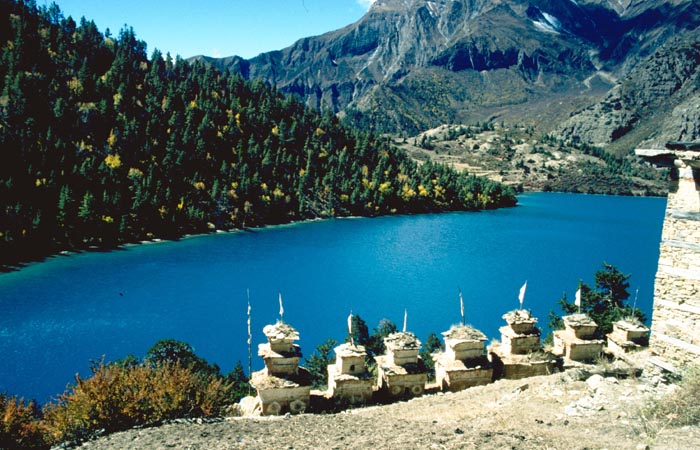
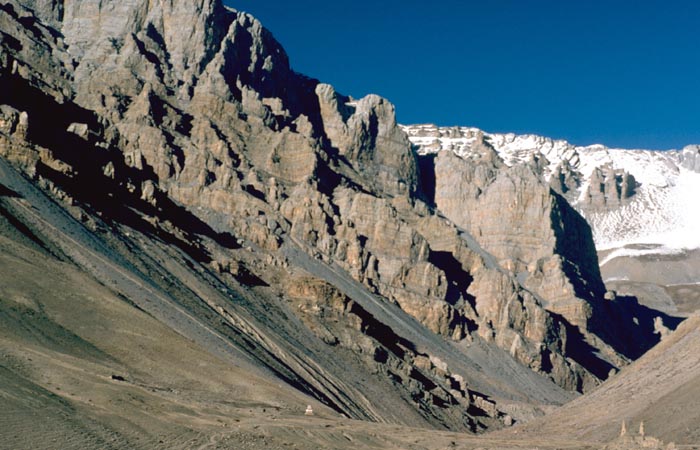
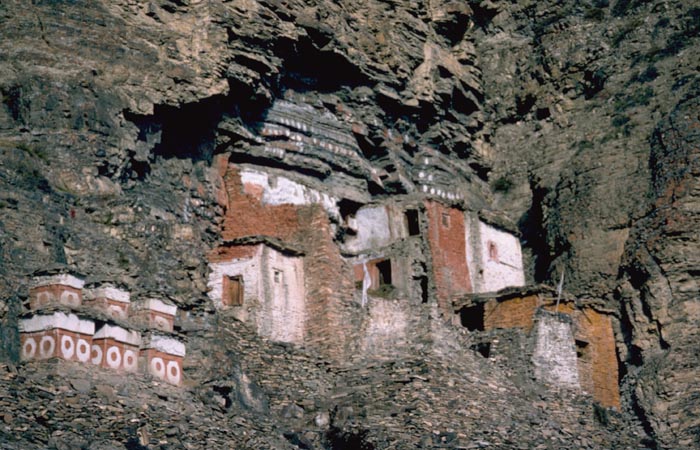
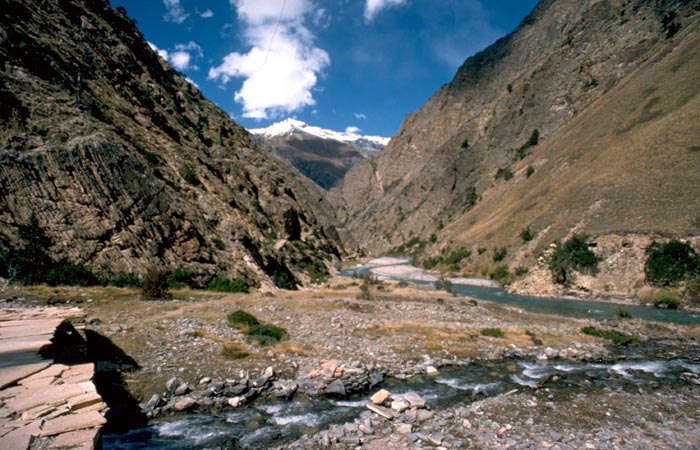
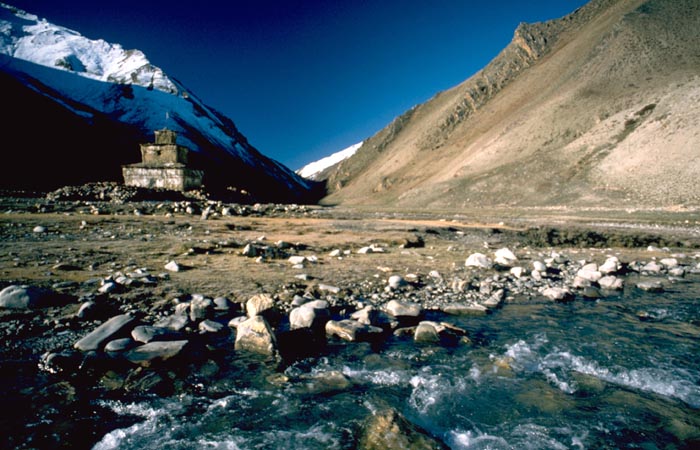
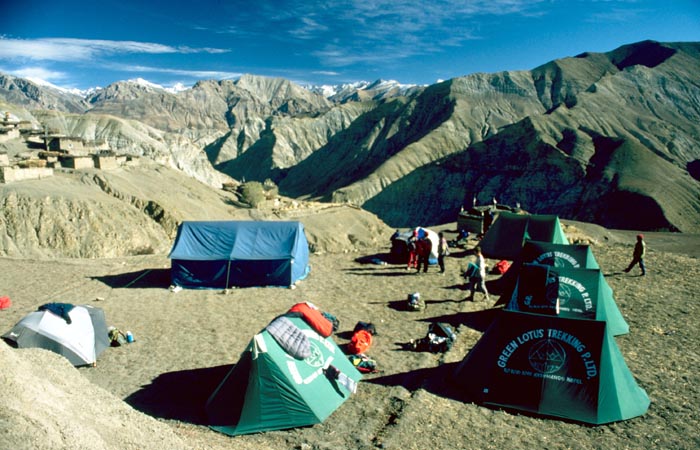
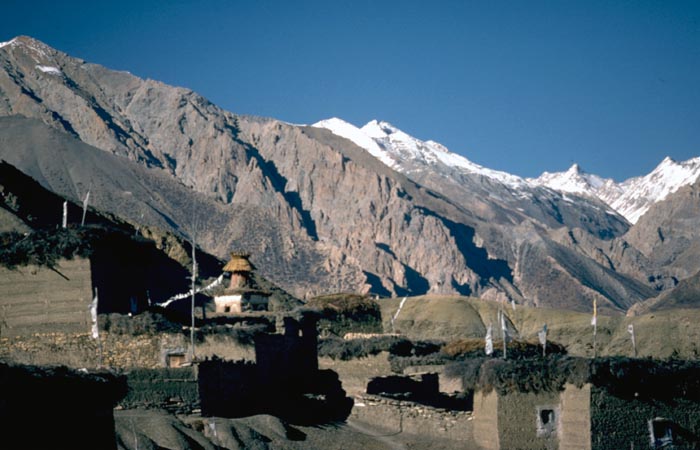
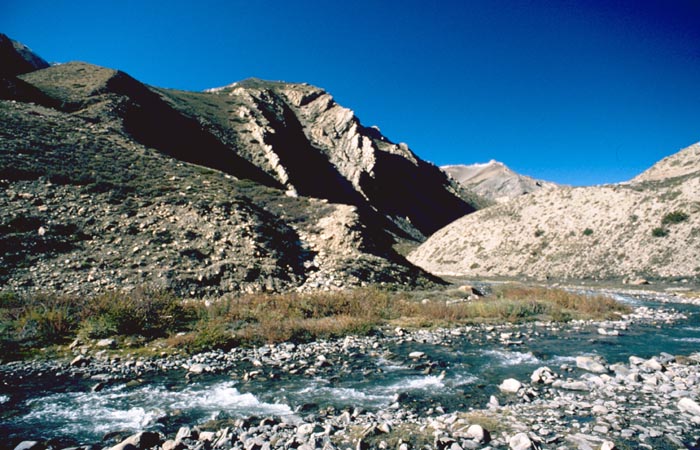
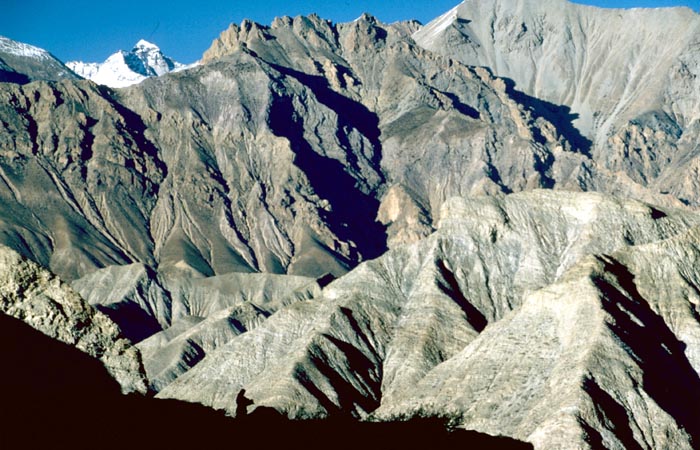
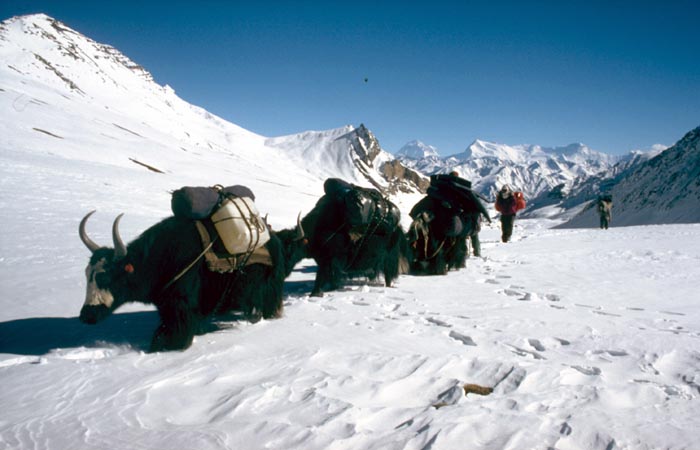
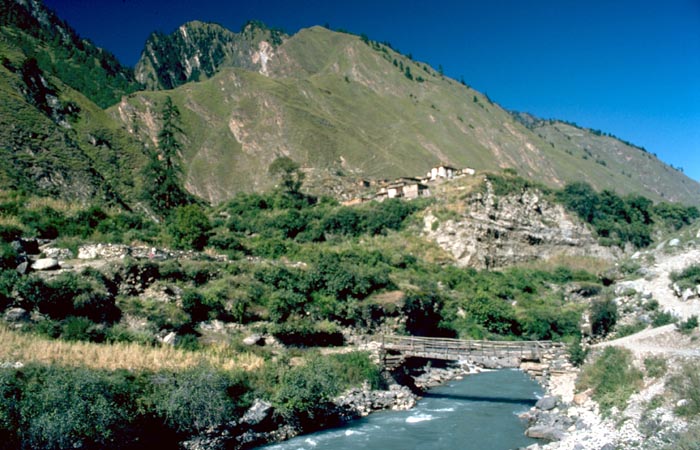
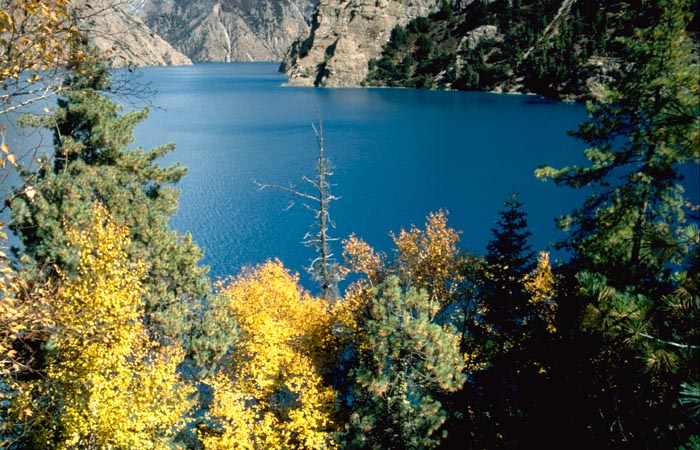
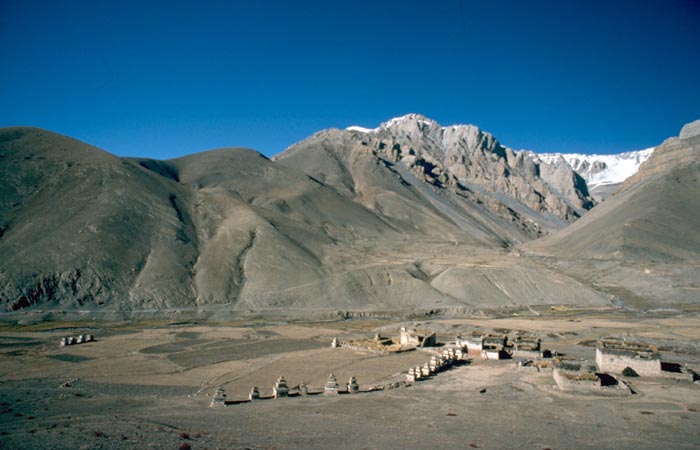

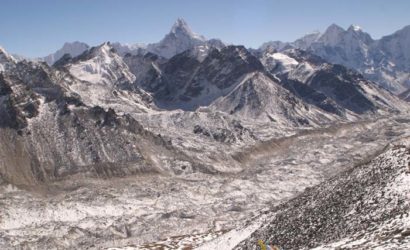
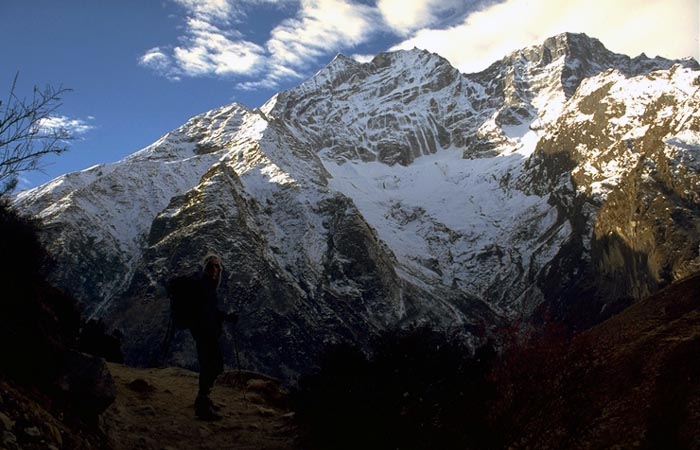
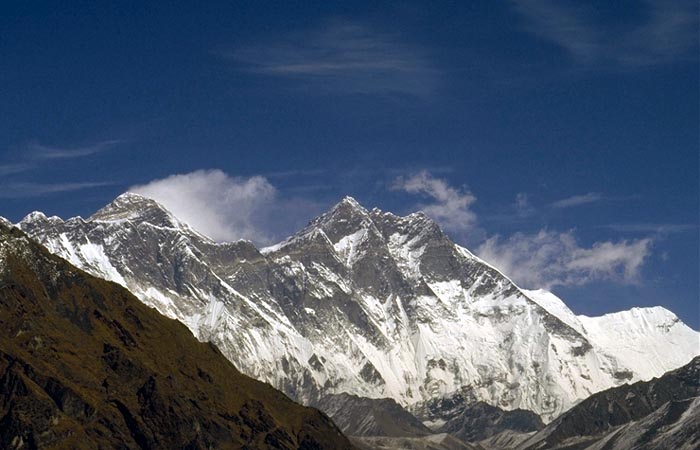
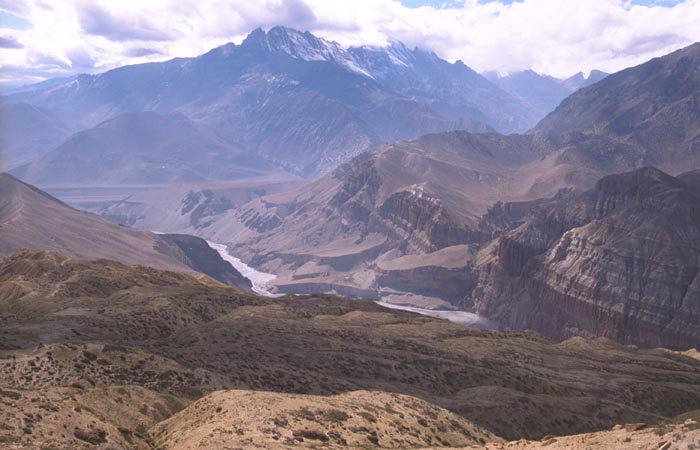
Recent Comments